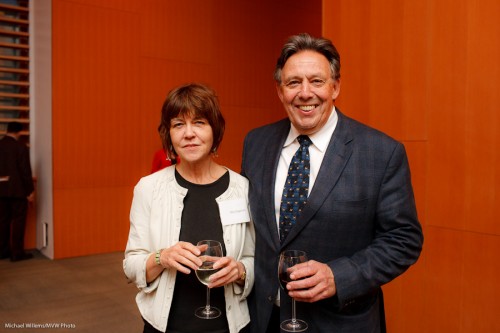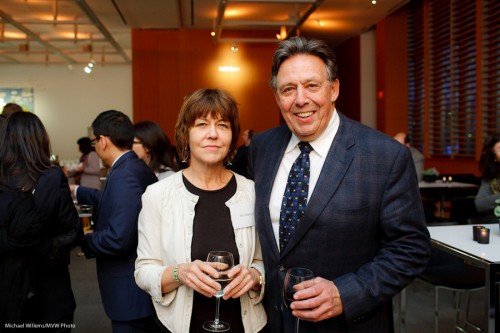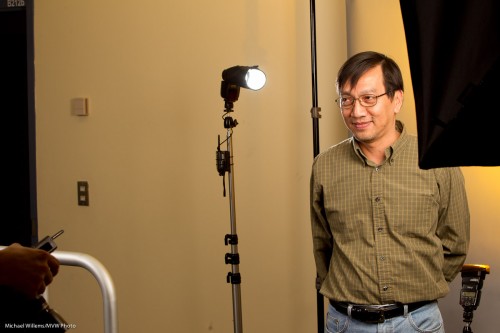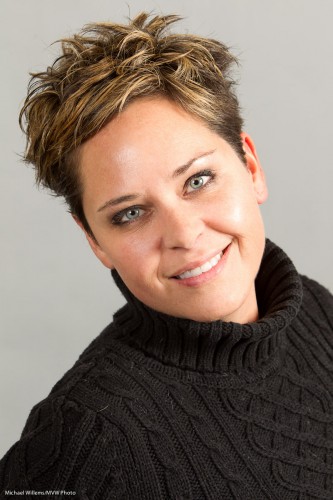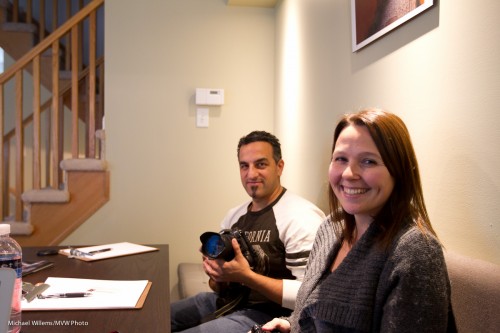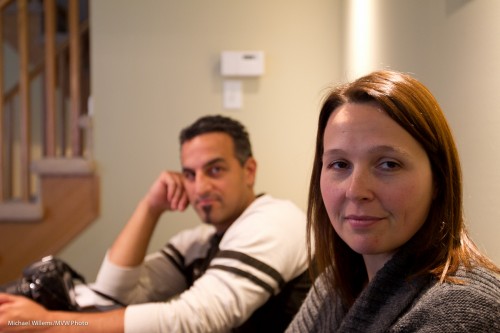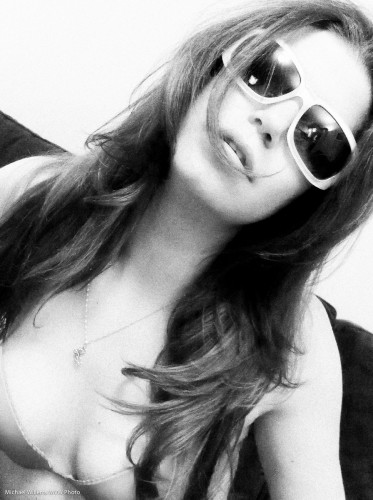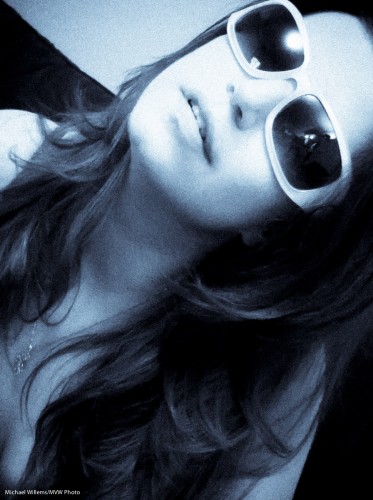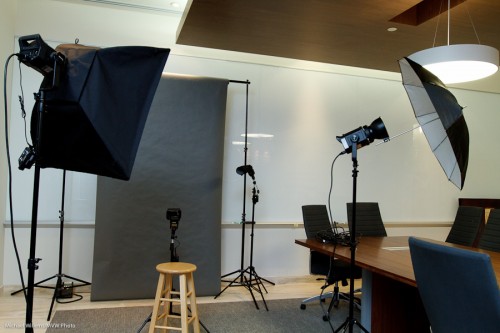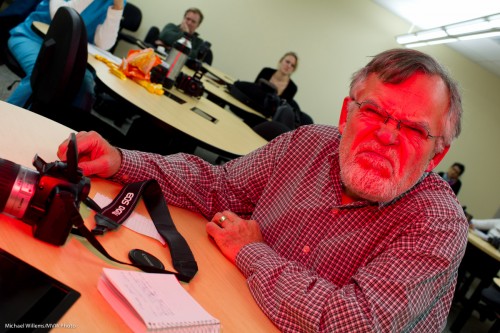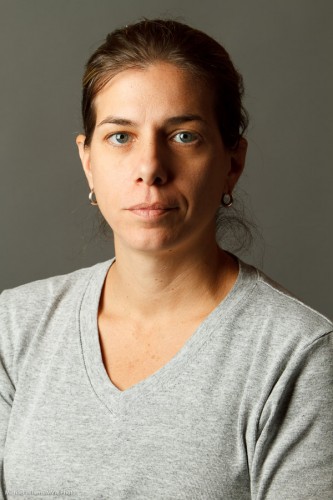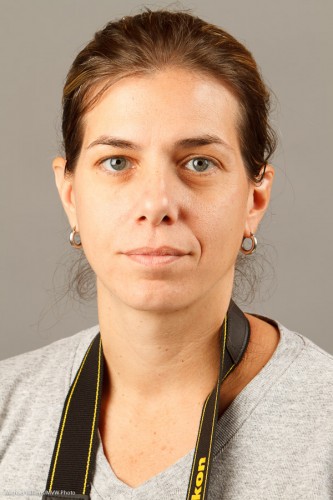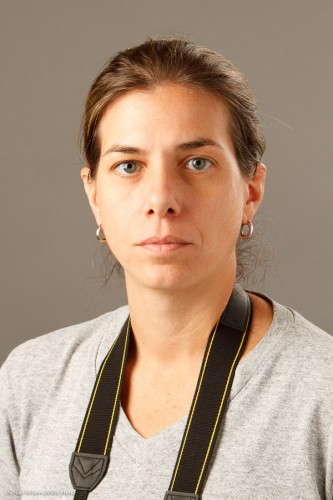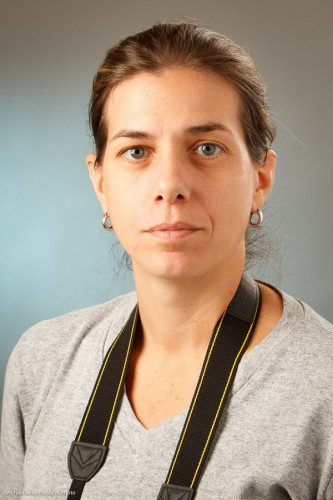When you are using “auto ISO”, meaning the camera sets ISO for you, be careful.
In this mode, the camera will raise ISO and lower it – but it will get it wrong in some situations.
Low light. The camera will raise ISO to give you a handholding-suitable shutter speed. But do you want that? Or do you want quality (low ISO gives you that quality) and use a tripod? Night shots, twlight shots, fireworks, lightning: these are the obvious examples. For night shots, use low ISO and a tripod. So: low light: if you can use a tripod, use low ISO.
Motion needs. When there is enough light, the camera will lower ISO to give you good quality and shutter OK for handholding. But when you need that extra shutter speed, for sports, say, or for anything else that needs motion frozen, you need higher ISO. You may need 1600 or even 3200 ISO for hockey, but no auto ISO will give you that. So if you have motion, then raise ISO to suit.
My rules of thumb for ISO:
- Outdoors, or low light with tripod, or studio shoots: start at 200 ISO
- Indoors, even when using flash: 400 ISO
- Difficult light – sports, motion, museums, churches: start at 800 ISO
In all cases, vary as able or as needed (if there is more light, use lower ISO; if you still get motion blur, use higher ISO).
Note – Auto ISO and manual will, on many cameras, give you a “aperture PLUS shutter priority” mode. This can be a cool thing to play with.

